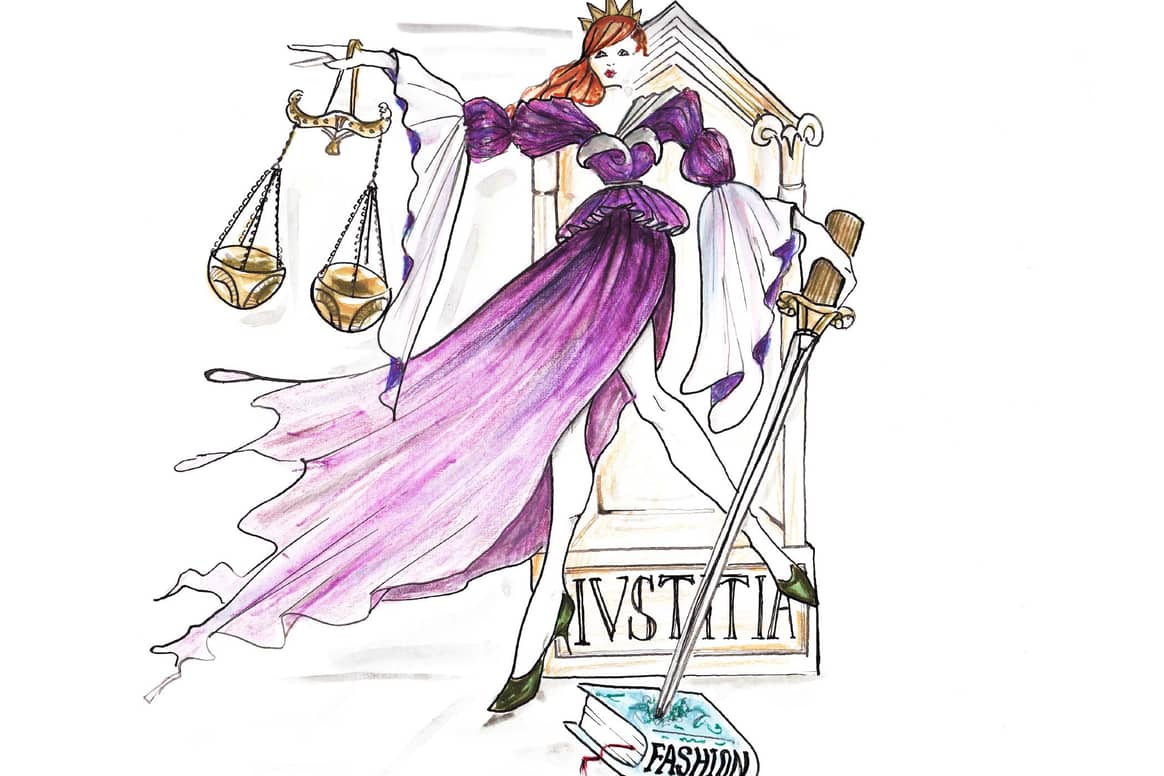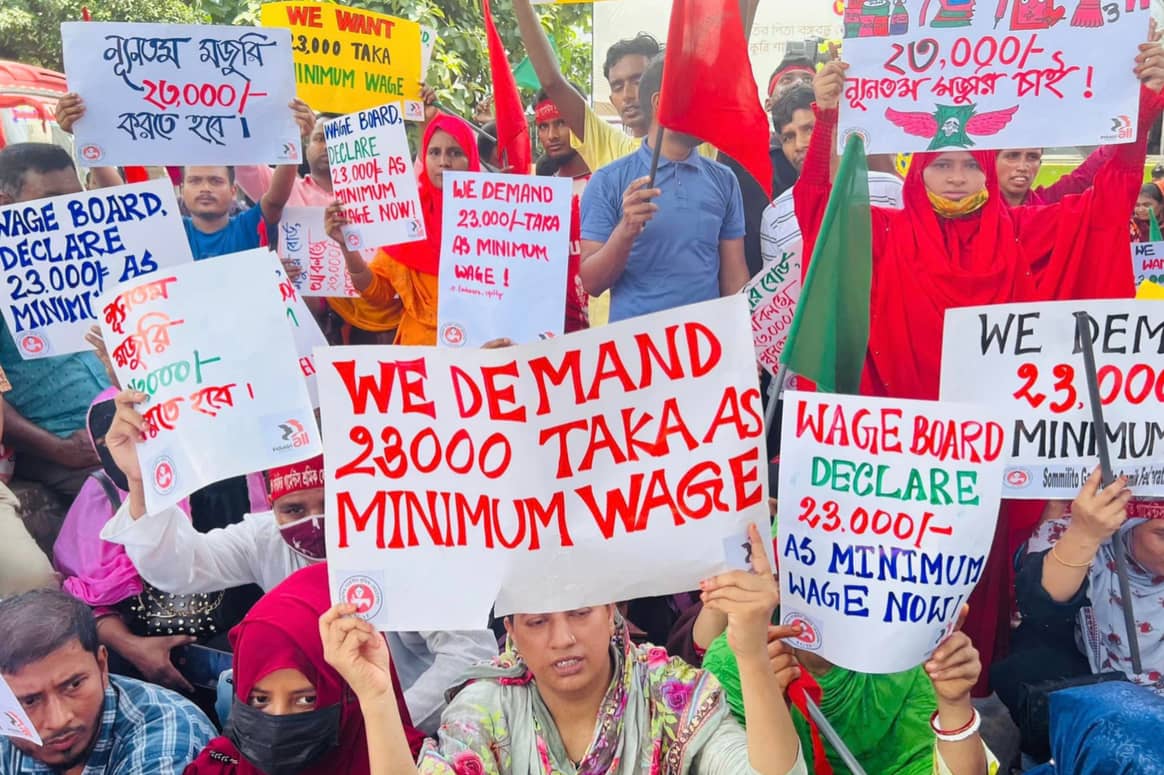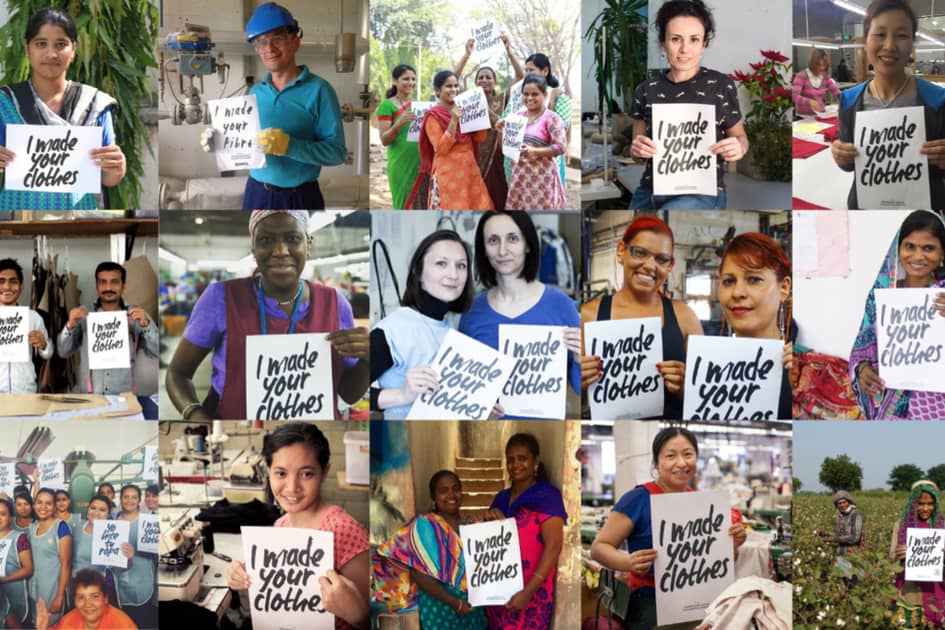In the last ten years, the fashion industry has come a long way – the simple question, “Who made my clothes?” could not be answered after the collapse of the Rana Plaza building on 24th April 2013. Rescuers had to dig through the rubble looking for clothing labels to figure out which brands were producing clothes there. Even then, brands and retailers were quick to point to “past orders” or “past relationships” with the factories in question instead of shouldering responsibility.
Today, many brands and retailers proudly display on their websites who their suppliers are, how many people they employ and when the factory was last audited. They have understood that moving transparency from a “nice-to-have” to a “must-have” is a necessity if the industry as a whole wants to be more accountable and strive for systemic change. The Global Fashion Transparency Index, introduced by non-profit Fashion Revolution in 2017, puts additional pressure on fashion’s biggest companies to put all their cards on the table. Non-profit Fashion Revolution has traced progress in three key ares and pinpointed four more in terms of future action required.
Transparency
Since the beginning of the Fashion Transparency Index (FTI) in 2017, not only has the number of major fashion brands covered increased – from initially 100 to now 250 – but 86 percent of them have continuously increased their levels of disclosure by an average of 15 percentage points, some of them even increasing their transparency by up to 54 percent. In 2023, for the first time, two brands scored 80 percent or higher – a far cry from only eight brands scoring above 40 percent (but below 50) in 2017.
“After years of slow movement in the luxury fashion sector – when transparency of supplier lists seemed unimaginable – some luxury brands are now disclosing this information even down to raw material level, with the five biggest movers being all luxury brands in 2023. Overall, despite the FTI being in its eighth iteration, far too many brands still disclose nothing year after year, and industry-wide progress remains painfully slow, with brands’ overall average score currently only 26 percent,” sums up Fashion Revolution.
Citizen engagement
Just as companies have made the shift from “nice-to-have” to “must-have” in terms of transparency, citizens the world over are now expecting transparency from brands and are discovering their own voice as consumers. “The fashion industry is very aware of the change in consumer sentiment, and this shift has been disappointingly coupled with a rise in empty promises and misleading claims,” points out Fashion Revolution.
“Greenwashing” has become a force to reckon with, resulting in a growing backlash towards it, with some citizens launching legal cases against offending brands and calling out public figures online for aligning with them.
With campaigns like “Who made my clothes?”, “Who made my fabric” and “What’s in my clothes?”, Fashion Revolution has called citizens to action, culminating in 240,000 EU citizens calling on the European Union to demand living wage legislation at EU level for garment workers worldwide.
Legislation
On 15th May 2013, not even a month after the Rana Plaza collapse, the Accord on Fire and Building Safety in Bangladesh was signed: the first – and till date only – legally-binding agreement between global brands and retailers and IndustriALL Global Union, UNI Global Union and eight of their Bangladeshi affiliated unions. It has since been extended and has become the International Accord on Fire and Building Safety.
“Its achievements are remarkable in terms of life and limb worker issues and saving lives that shouldn’t have been jeopardised in the first place. We must continue to advocate for its protection and expansion,” comments Fashion Revolution. In terms of global due diligence legislation, it is still a long way.

“After tirelessly campaigning for action from governments alongside NGOs and fashion activists, we welcome the beginnings of a regulatory reckoning. But it’s clear that business and government lobbies threaten legislation urgently needed in fashion, as we recently witnessed with the landmark Corporate Sustainability Due Diligence Directive (CSDDD),” says the non-profit.
It demands that the fashion industry be held accountable for the human rights abuses and environmental destruction within its supply chains by binding legislation, pointing to insights from the “Good Clothes, Fair Pay” campaign. “If the last ten years have shown us anything, it’s that voluntary schemes don’t work. Governments must regulate the fashion industry by focusing on addressing the root cause of the issues and putting an end to brands’ self-assessments,” demands Fashion Revolution.
Purchasing practices

Purchasing practices is another area that requires improvements given late payments, orders changed at the last minute or cancelling fulfilled orders. “Brands are perpetuating an abusive and volatile cycle that systematises poverty, as factory owners and suppliers may be forced to make workers stay late to finish orders and are unable to pay their workers on time or even at all. Meanwhile, customers are sometimes wearing clothes before big brands have paid the factories that made them” states Fashion Revolution. Initiatives like the Sustainable Terms of Trade Initiative support supplier empowerment and unite them across countries.
Living wages and freedom of association rights
While the Bangladesh Accord has done phenomenal work in the areas of fire and building safety, one are that has remained untouched is wages. And not only in Bangladesh – in garment-producing countries worldwide, garment workers are among the lowest-paid industrial workers globally and fail to take home a living wage, thus lacking money for basic needs and treading the poverty line.
Ill health, workers taking second jobs or moving to even less safe industries are the consequences. “Living wages are the most important issue to the people who make our clothes – bar none – and yet still, 99 percent of the brands in the Global Fashion Transparency Index do not disclose the percentage of workers in their supply chain paid a living wage rate,” emphasises Fashion Revolution.

This situation is perpetuated when workers’ rights to freedom of association and collective bargaining are repressed. “It is by no coincidence that big fashion sources from regions of the world where these rights are limited, despite resounding commitments to protect them,” says the non-profit. While minimum wages may be a legal right, in many garment-producing countries it is so only on paper. Brands and retailers need to advocate for their workers and realise that healthy workers who get fair wages and the right to speak up are a win for everyone.
Decarbonisation and just transition
The Fashion Transparency Index also discloses how few (only one third) and how little the world’s largest brands disclose in terms of their time-bound and measurable near-term target for decarbonisation verified by the Science-based targets Initiative. Only 12 percent disclose a long-term target for 2040-2050 and only 9 percent their level of annual investment in decarbonisation.
“Raw material production and processing are the most carbon intensive stages in the supply chain and require the most investment, innovation and long-term planning,” says Fashion Revolution. “With an estimated 1 trillion US dollars required to cut roughly 50 percent of emissions by 2030, it is high time for big fashion to put its money where its emissions are and support suppliers to transition to clean energy.”

For the non-profit, this means that big fashion companies must enable a just transition led by the needs of suppliers and workers to combat climate hazards like heat stress, rising sea levels, earthquakes and other climate hazards. “Just transition is more than upskilling for a green economy – it is an opportunity to redress the extreme power imbalance which led us into the intersecting climate and inequality crises in the first place,” it explains.
Waste Colonialism, overproduction and overconsumption
The fashion industry can no longer afford to produce enormous volumes of clothes each year, thus promoting overproduction and overconsumption. In addition to reducing production, brands need to also take responsibility for the waste they create and provide financial support to countries where it ends up, which are most affected by waste colonialism. However, according to the Fashion Transparency Index 2023, only 12 percent of brands disclose their annual production volumes.
“Looking towards solutions for the waste crisis, the industry must collaborate with communities working on the ground to deal with the clothing waste flooding their countries. Many local economies rely on the current system and their perspectives and opinions must be at the centre of the conversation,” advises Fashion Revolution.

